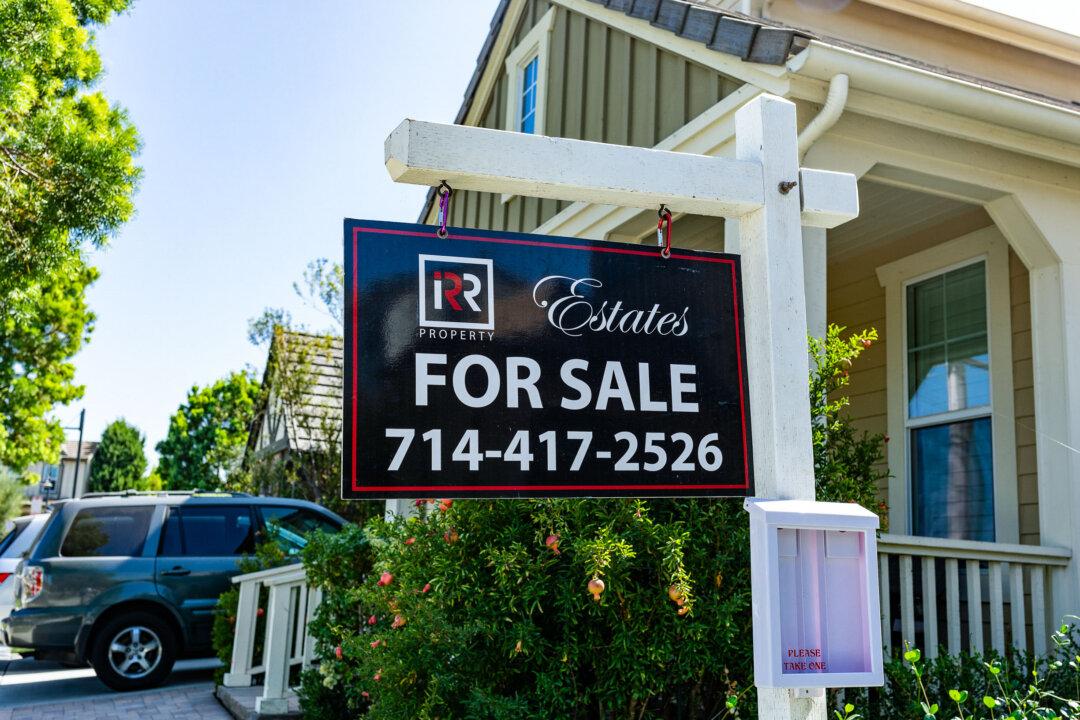Mortgage rates are approaching 7 percent following a dip to nearly 6 percent a few weeks ago, signaling further challenges ahead for the American housing market.
The average rate on a 30-year fixed-year mortgage was 6.84 percent for the week ending Nov. 21, according to data from Freddie Mac. The rate is up from a low of 6.08 percent in late September and is now inching close to this year’s peak of 7.22 percent, hit in May.





